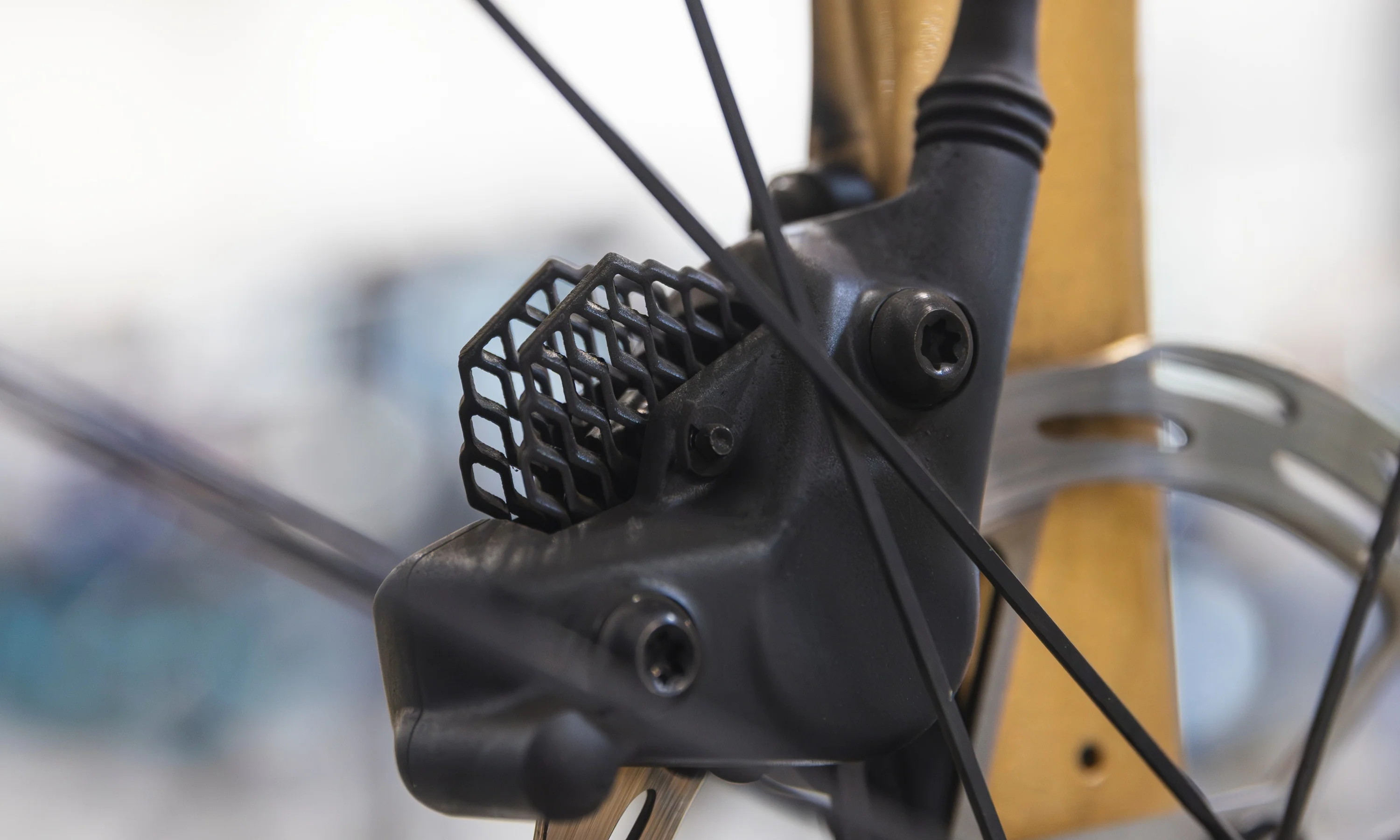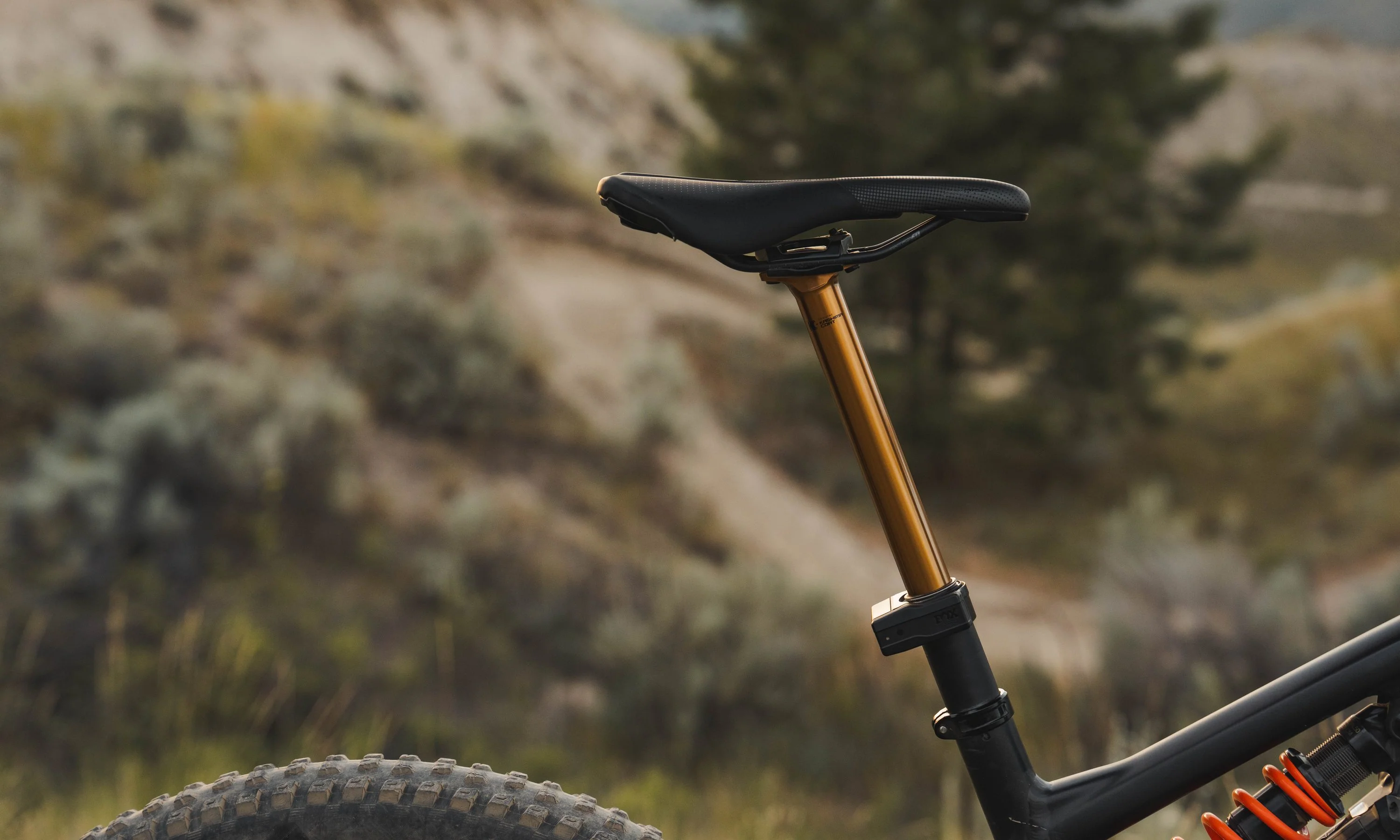Feeling too hot on your ride? Here’s one weird trick to cool down: Put on more clothes!
If you just raised an eyebrow, you’re not alone. For most people, the idea of adding layers when the weather gets hot is counterintuitive. But that’s the fundamental theory behind wearing a hot weather base layer. Watch enough pro racing, and you’ll see some riders show off base layers when they unzip their jerseys on long and hot climbs. Supposedly a good base layer can wick away sweat more effectively, keeping you cooler, drier, and more comfortable on hot rides. But are base layers all they’re cracked up to be?
[button]Shop apparel[/button]
Why wear a cycling base layer?
When our bodies get hot, whether it’s through exercise or environmental factors, they perspire. Sweat is our primary means of thermoregulation, and it takes advantage of the power of evaporative cooling. Energy (i.e., heat) is required to turn water from a liquid to a vapor, so when sweat evaporates, it takes some of our body heat with it. This lowers our skin temperature, and more importantly, our core temperature. Humans have evolved to be incredibly effective at thermoregulation through perspiration.
The goal of a base layer is to enhance our body’s natural cooling mechanisms by wicking away sweat so it evaporates more effectively. Whether it’s Merino wool, polyester, or a blend, the fabric used in the base layer is designed to draw sweat away from the skin by capillary action, speeding up the evaporative cooling effect.
[product-block handle="mavic-hot-ride-ss-tee-white"/]
If the above is true, then any cyclist riding in a hot climate should love wearing a base layer, right? Well, that tends to not be the case.
 I polled the employees here at The Pro’s Closet, who range from enthusiasts to former pro riders, and only 27.8% said they regularly wore a summer base layer. Summers rides here regularly exceed 90° F/ 32° C, yet the majority of riders aren’t enthused with the idea of adding a base layer to their kit.
I polled the employees here at The Pro’s Closet, who range from enthusiasts to former pro riders, and only 27.8% said they regularly wore a summer base layer. Summers rides here regularly exceed 90° F/ 32° C, yet the majority of riders aren’t enthused with the idea of adding a base layer to their kit.
[newsletter]
Do summer base layers actually work?
To find out if the base layer skeptics are missing out, I went in search of hard scientific research that will either back up or debunk the power of the base layer. There isn’t a massive amount of research on this specific topic, but I did find four useful studies. They’re linked below if you’re interested in reading them, but you didn’t come here to relive your college biology classes, so I’ve summarized their key findings.
Thermoregulatory Response to Base-layer Garments During Treadmill Exercise
Authors: Bryan C. Roberts, Tom M. Waller, and Mike P. Caine
Published: 2007
Key findings: Torso skin temperature remained lowest with bare skin, but hot weather base layers are only slightly warmer and successfully allow the body to stay cool at a level close to being bare-chested. Cold weather base layers are substantially warmer but are actually still much more effective at cooling than a 100% cotton t-shirt. Note that this study was done on runners, not cyclists.
Impact of Clothing on Exercise in the Heat
Authors: Kyle Daniel Davis and Phil Bishop
Published: 2013
Key findings: Air velocity accounts for the vast majority (5-46%) of cooling on the bike. Adding a layer of clothing creates a “microenvironment” that affects air’s ability to move through it. More layers complicate cooling by creating multiple microenvironments for air to pass through. So wearing more than a single layer will have anywhere from no effect to a negative effect on cooling. There’s also little difference between the effectiveness of natural vs. synthetic fabrics (i.e. Merino wool vs. polyester).
Real Evaporative Cooling Efficiency of One-layer Tight Fitting Sportswear in a Hot Condition
Authors: Faming Wang, Simon Annaheim, Matthew Patrick Morrissey, René Michel Rossi
Published: 2014
Key findings: The distance from skin to the evaporation point (the outside of the fabric) matters, and more distance equals less cooling. There is a linear decrease in the effect of evaporative cooling as sweat is transported away from skin to clothing. The thinner the base layer fabric, the better it will be for cooling, but bare skin provides the best evaporative cooling.
A Quantitative Thermal Analysis of Cyclists’ Thermo-active Base Layers
Authors: Teresa Kasprzyk, Armand Cholewka, Michał Kucewicz, Karolina Sieroń, Manuel Sillero-Quintana, Tadeusz Morawiec, and Agata Stanek
Published: 2018
Key findings: Base layers may (inconclusive) prevent overheating by improving the efficiency of evaporative cooling beyond the “efficiency cut-off” of bare skin, but the base layer needs excellent fit, i.e., tight and in contact with as much skin as possible. Researchers noted that keeping sweat away from skin and tighter-fitting base layers increased the perception of comfort.
Why you should wear a base layer
 So what conclusions can we draw? Based on the admittedly limited evidence, it seems like base layers aren’t any better than bare skin. So if your primary goal is staying cool, an additional base layer might have a negative effect. For optimal cooling, we should be naked. But since we (probably) need to be clothed while riding, then wearing a kit made of the thinnest quick-drying material possible is ideal. It should expose as much skin as possible (maybe triathletes have it right with sleeveless jerseys!) and the fabric should be as form-fitting as possible. This lowers the distance sweat has to travel to evaporate and restricts airflow the least, increasing the effectiveness of evaporative cooling. A lot of riders have arrived at this conclusion naturally, just by riding in the heat and experimenting with kit.
So what conclusions can we draw? Based on the admittedly limited evidence, it seems like base layers aren’t any better than bare skin. So if your primary goal is staying cool, an additional base layer might have a negative effect. For optimal cooling, we should be naked. But since we (probably) need to be clothed while riding, then wearing a kit made of the thinnest quick-drying material possible is ideal. It should expose as much skin as possible (maybe triathletes have it right with sleeveless jerseys!) and the fabric should be as form-fitting as possible. This lowers the distance sweat has to travel to evaporate and restricts airflow the least, increasing the effectiveness of evaporative cooling. A lot of riders have arrived at this conclusion naturally, just by riding in the heat and experimenting with kit.
[button]Shop apparel[/button]
But as evidenced by our straw poll, some riders still like wearing a base layer when it gets hot. There are a few reasons why a base layer might be a nice addition to your kit in hot weather, even if it isn’t optimal for cooling:
- You can unzip your jersey on hot climbs without exposing your bare torso. A really good base layer is nearly as good as bare skin, so this is great for riders who want to unzip but stay more modest. It also adds sun protection.
- It can prevent chafing. Some riders get chafed by bib straps and jerseys, so wearing a base layer underneath can prevent chafe-related disasters like bloody nipples.
- Some crit and track racers wear a base layer just in case they hit the ground in a crash. It won’t prevent road rash, but it could help a little. Of course, a base layer is not as hot, heavy, and restrictive as MTB-style body armor.
- If you prefer to wear looser cycling kits or t-shirts while riding, adding a tight-fitting base layer underneath can help you feel drier and more comfortable.
- You just like the look. Sometimes we suffer for fashion. When I was young, Jan Ullrich was what I thought the ideal cyclist looked like (though there was a lot more to his performance than what he wore). I used to wear a mesh-style base layer just to emulate my old hero.
Nowadays, I only add a base layer on rides where I have to transition from cool mornings to hot afternoons. If the heat is really on, I prefer an ultra-light hot weather jersey. What about you? Do you wear a base layer in the heat? Let me know in the comments!
Hey all you cool cats and kittens: If you're looking for more ways to beat the heat, this in-depth look at jersey color could be right up your alley.

























